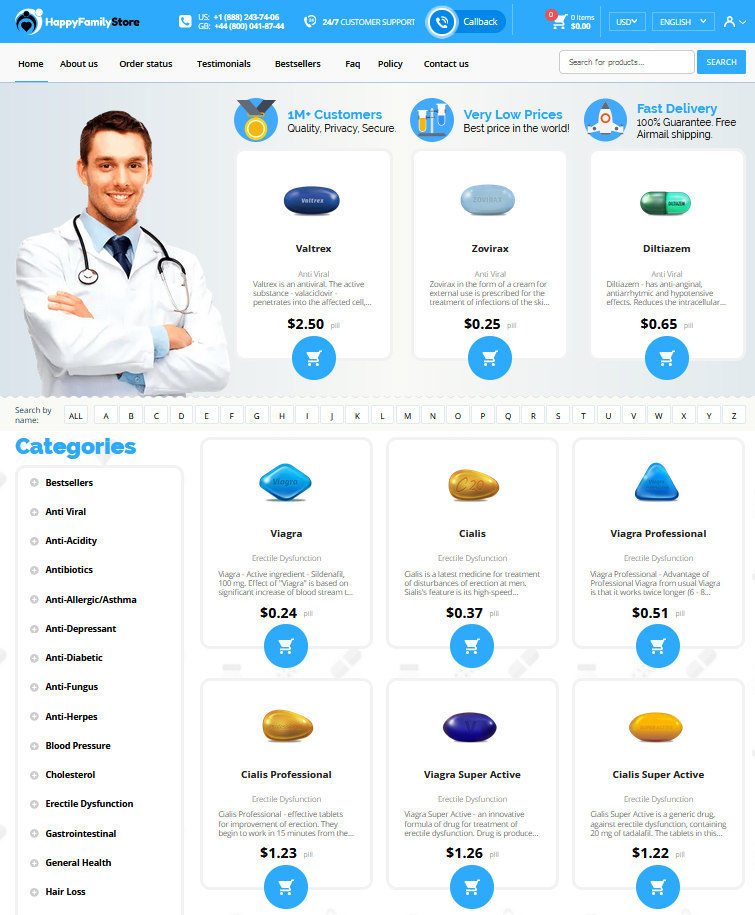Understanding Glycomet: How It Impacts Your Diet
Navigating a balanced diet while on Glycomet, a powerful comp for addressing blood sugar levels, can be quite the journey. Found typically in many prescriptions, Glycomet—known in some circles as 'Formulary' gear due to its prevalent use—interacts with your body’s natural process of metabolizing glucose, demanding a diet that complements its effects. While on this medication, your diet should be thoughtfully considered to prevent highs and lows in blood sugar levels.
| Nutrient | Role in Glycomet Management |
|---|---|
| Carbohydrates | Opt for low-glycemic options, as they help in maintaining steady blood sugars. |
| Proteins | Incorporate lean sources to provide essential amino acids without excess sugars. |
| Fats | Focus on healthy fats to aid absorption of fat-soluble vitamins and maintain energy levels. |
Individuals on Glycomet should embrace 'Sig' principles of their prescription lifestyle, adjusting their nutrition to enhance the medication’s full potential.
Low Glycemic Foods: Keeping Blood Sugar Steady

Navigating life with Glycomet often brings a focus to the types of carbohydrates consumed, making the choice of low glycemic foods essential. These foods release glucose gradually into your bloodstream, preventing the spike and crash that complicates blood sugar management. Opt for whole grains like quinoa and oats rather than their refined counterparts. Similarly, legumes, which boast high fiber content, enhance this slow-release effect while promoting satiety.
Vegetables play a starring role in this dietary script, with non-starchy options like broccoli and leafy greens serving as mainstays. These not only help maintain steady glucose levels but also provide essential nutrients that support overall health. Coupled with lean proteins, this creates a balanced compound of nutrients, seamlessly complementing Glycomet's role in stabilizing blood sugar.
Incorporating these foods into daily meals involves a mindful approach to cooking and portion control. Even a simple elixir of lemon in water can refresh your routine, aiding digestion and adding a zest of vitamins to your day. Though adjusting your plate might seem daunting, remember that each choice steadily leads you towards better management of your health journey with Glycomet.
Fiber-rich Choices: Enhancing Digestion and Control
Finding the right dietary balance can make all the difference when managing your health on Glycomet. One way to enhance digestion and sustain energy levels is through the timely incorporation of fiber-rich foods. These foods not only slow the absorption of sugar into the bloodstream, helping to avoid sudden spikes, but they also aid in digestion. Including sources like whole grains, legumes, and fresh vegetables can lead to more consistent energy.
Incorporating fiber is akin to following the Sig on a Script; it requires adherence to specific guidelines for optimal results. Much like a well-prepared Comp, the integration of dietary fiber must be deliberate, ensuring it complements Glycomet's effect. Leather down with ample water intake, as this habit transforms fiber into an effective digestive elixir, giving you more regulated control over your glucose levels.
Hydration Habits: the Importance of Water Intake

Glycomet patients must prioritize proper hydration, as water plays a vital role in managing the medication's effects. Staying hydrated can help maintain optimal blood sugar levels by promoting overall metabolic health. Without sufficient water intake, patients may experience increased thirst, a side effect sometimes associated with glycomet use. Engaging with a frequent "Drive-Thru" hydration routine ensures that your body's needs are met, aiding glycomet in functioning effectively.
Implementing hydration habits can be like a strategic "Shelf Check" for your body's balance, providing stability and support for glycomet's role in your health. Water helps in the breakdown of nutrients and aids in the elimination of waste, ensuring the body does not mimic the effects of "Slugging" that occurs when the system is overwhelmed. Aiming for consistent water consumption, alongside your glycomet regimen, can foster a robust balance, reminiscent of the meticulous planning pharmacists use when performing a "Meds Check".
Timing Your Meals: Optimizing Glycomet Effectiveness
Planning your meal schedule to coincide with your Glycomet regimen is crucial for maximizing its effectiveness. Imagine Glycomet as a diligent helper, best supported by a structured meal pattern. Eating at consistent times each day ensures that your blood glucose levels remain stable, reducing the need for the script to intervene extensively. Consider timing your meals, taking small portions of carbohydrates, proteins, and healthy fats to create a balanced comp. This approach prevents peaks and valleys in your blood sugar levels, thus allowing Glycomet to work optimally without the stat requirement of additional doses.
| Meal Timing | Description |
|---|---|
| Breakfast | An essential start to kick off your metabolism & align with Glycomet absorption |
| Lunch | Midday energy boost maintaining blood sugar balance |
| Dinner | Balanced intake making nighttime Glycomet dosing effective |
Incorporate snacks strategically, about 2-3 hours after each main meal, which guards against drastic sugar swings. No need for a Pharm Party with fluctuating blood sugar levels — keep it steady! Always follow the Sig from your healthcare provider, as the direction will optimize your Glycomet plan, ensuring that the pharmacological value is benefiting you fully without unexpected side effects.
Monitoring Portions: Balancing Nutrient Intake Wisely
Balancing what you eat while on Glycomet isn't about deprivation but smart choices. By doing a "Med Rec" at mealtimes, you'll find a delicious variety that keeps your plate vibrant without overloading on calories. Consider your meal composition like crafting an exquisite elixir; focus on colors and textures, ensuring everything offers nutritional value. Don't succumb to "Label Sticker Shock" with unwise portion sizes, as moderation is key.
Instead of second servings, try mixing and matching different foods on your plate, promoting nutrient diversity. Picture the perfect meal as a "Pill Splitting" strategy—adjusting portions can recalibrate energy levels, avoiding glycemic spikes while satisfying cravings.

